Enhanced Diagnostic Techniques
The nephroblastoma treatment market is benefiting from enhanced diagnostic techniques that allow for earlier and more accurate detection of the disease. Advances in imaging technologies, such as MRI and CT scans, have improved the ability to identify nephroblastoma at earlier stages. This early detection is crucial, as it can lead to timely intervention and better treatment outcomes. In France, the implementation of these advanced diagnostic tools has been associated with a 20% increase in early-stage diagnoses over the past few years. Consequently, the nephroblastoma market is likely to see an uptick in demand for therapies tailored to patients diagnosed at earlier stages, thereby improving overall survival rates.
Growing Awareness and Advocacy
Growing awareness and advocacy for childhood cancers, particularly nephroblastoma, is driving the treatment market in France. Non-profit organizations and advocacy groups are actively working to educate the public and healthcare professionals about the signs and symptoms of nephroblastoma. This increased awareness has led to a rise in early diagnosis and treatment, which is essential for improving patient outcomes. Furthermore, campaigns aimed at raising funds for research and treatment options have gained traction, resulting in a more robust support system for affected families. As awareness continues to grow, the nephroblastoma treatment market is expected to expand, with more resources allocated to research and treatment initiatives.
Rising Incidence of Nephroblastoma
The nephroblastoma treatment market in France is experiencing growth due to the increasing incidence of this pediatric cancer. Recent statistics indicate that nephroblastoma accounts for approximately 5% of all childhood cancers, with around 100 new cases diagnosed annually in France. This rising incidence necessitates the development and availability of effective treatment options, thereby driving market demand. As healthcare providers and researchers focus on improving treatment outcomes, the nephroblastoma market is likely to expand. Furthermore, the growing awareness among parents and healthcare professionals about early detection and treatment options contributes to the increasing number of diagnosed cases, which in turn fuels the market's growth.
Investment in Pediatric Oncology Research
Investment in pediatric oncology research is a significant driver for the nephroblastoma treatment market in France. The French government and various private organizations are allocating substantial funds to advance research in childhood cancers, including nephroblastoma. In recent years, funding for pediatric cancer research has increased by approximately 15%, leading to the development of innovative therapies and treatment protocols. This financial support not only enhances the understanding of nephroblastoma but also facilitates clinical trials for new treatment modalities. As a result, the nephroblastoma treatment market is poised for growth, with new therapies entering the market that may improve patient outcomes and survival rates.
Collaboration Between Healthcare Institutions
Collaboration between healthcare institutions is emerging as a key driver for the nephroblastoma treatment market in France. Hospitals, research centers, and universities are increasingly partnering to share knowledge, resources, and expertise in treating nephroblastoma. This collaborative approach fosters innovation and accelerates the development of new treatment protocols and clinical trials. For instance, joint initiatives have been established to streamline patient access to cutting-edge therapies and improve care standards. As these collaborations continue to strengthen, the nephroblastoma treatment market is likely to benefit from enhanced treatment options and improved patient outcomes, ultimately leading to a more effective healthcare system for managing this pediatric cancer.


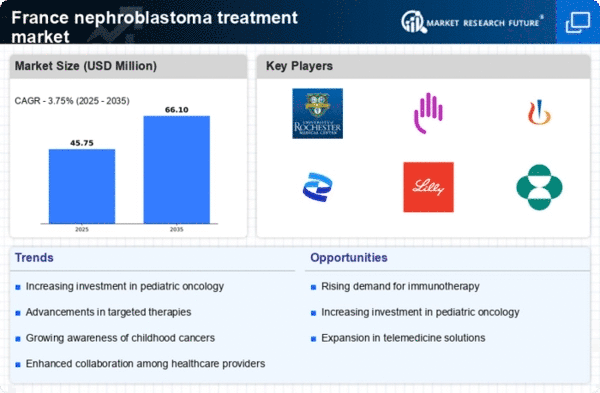

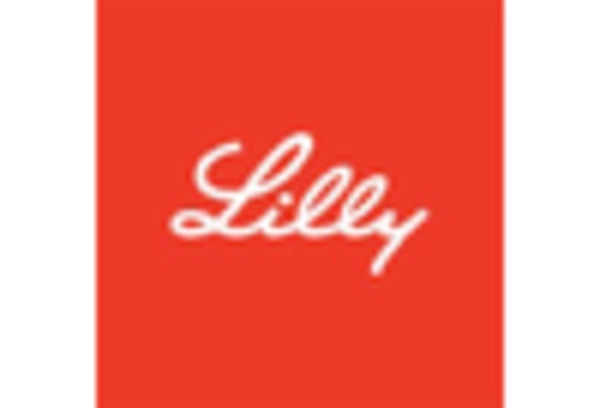
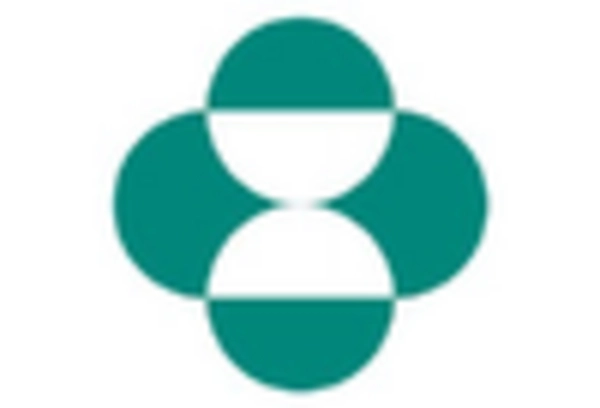
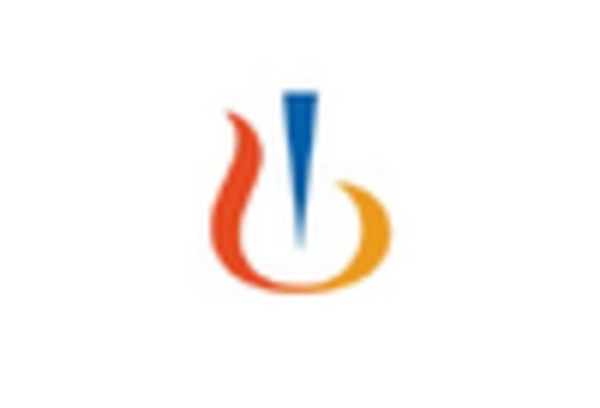
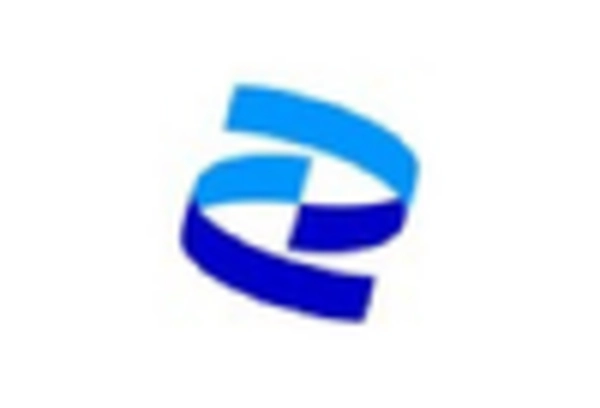









Leave a Comment